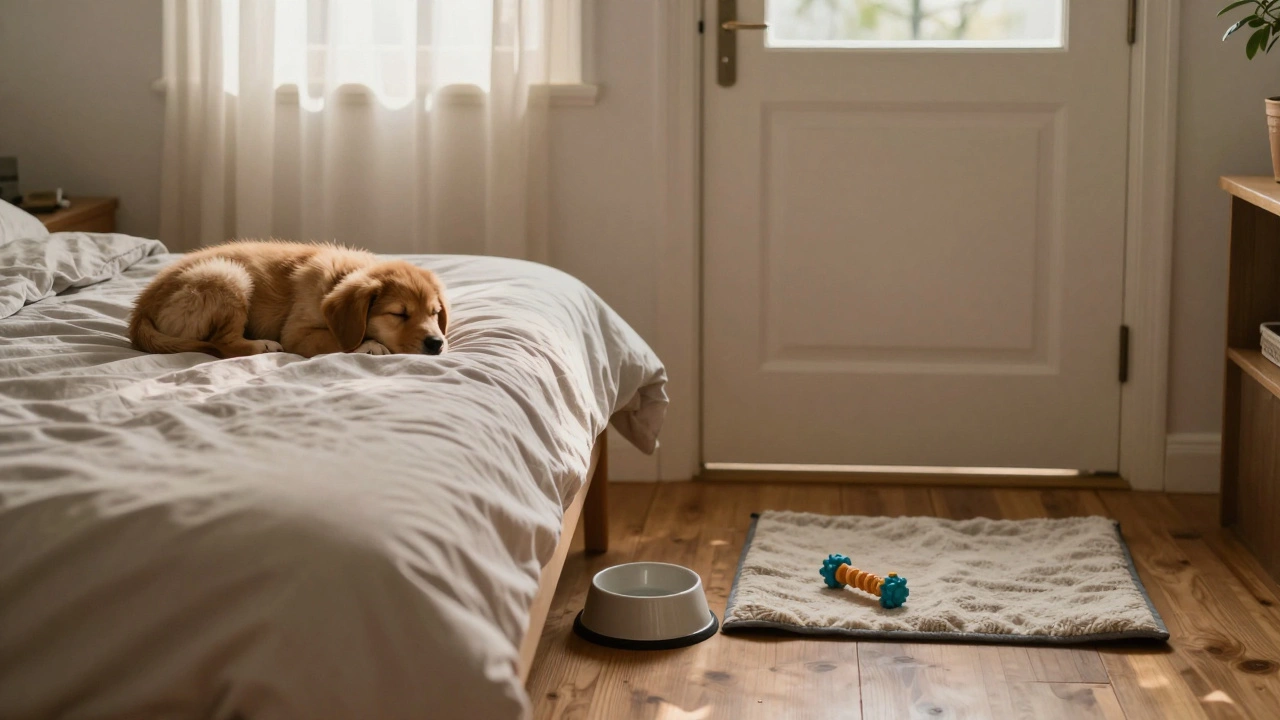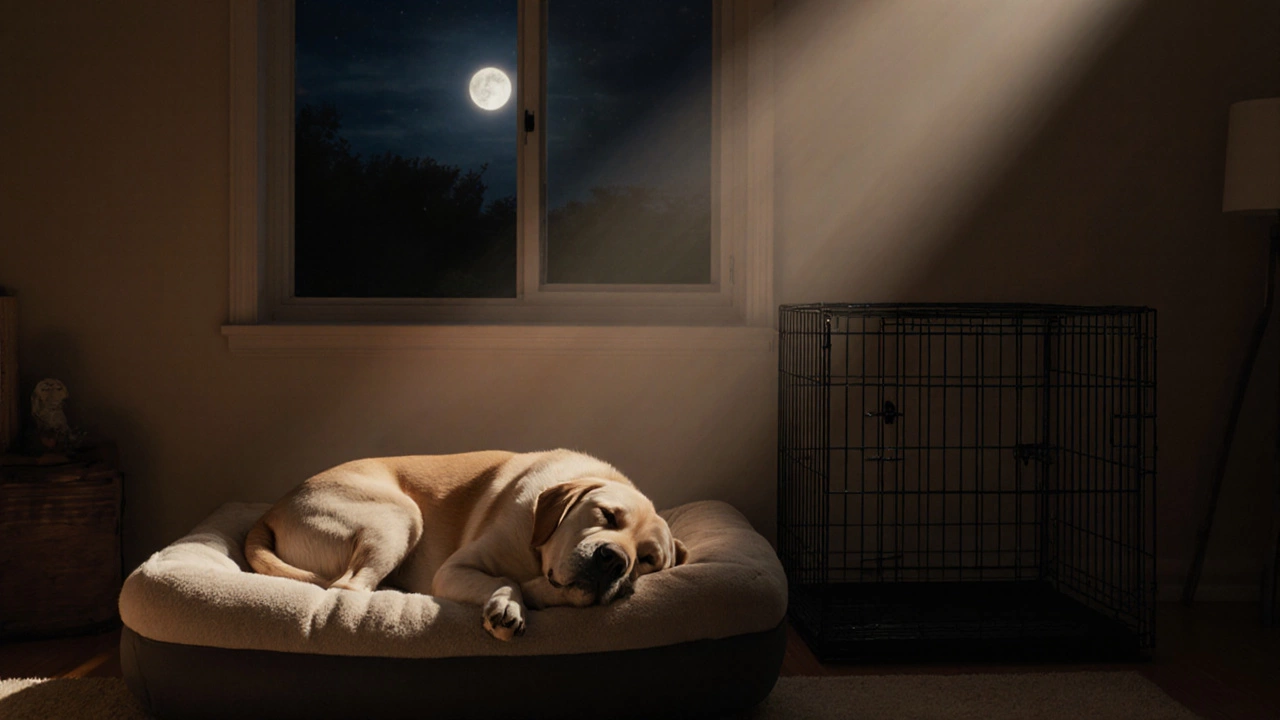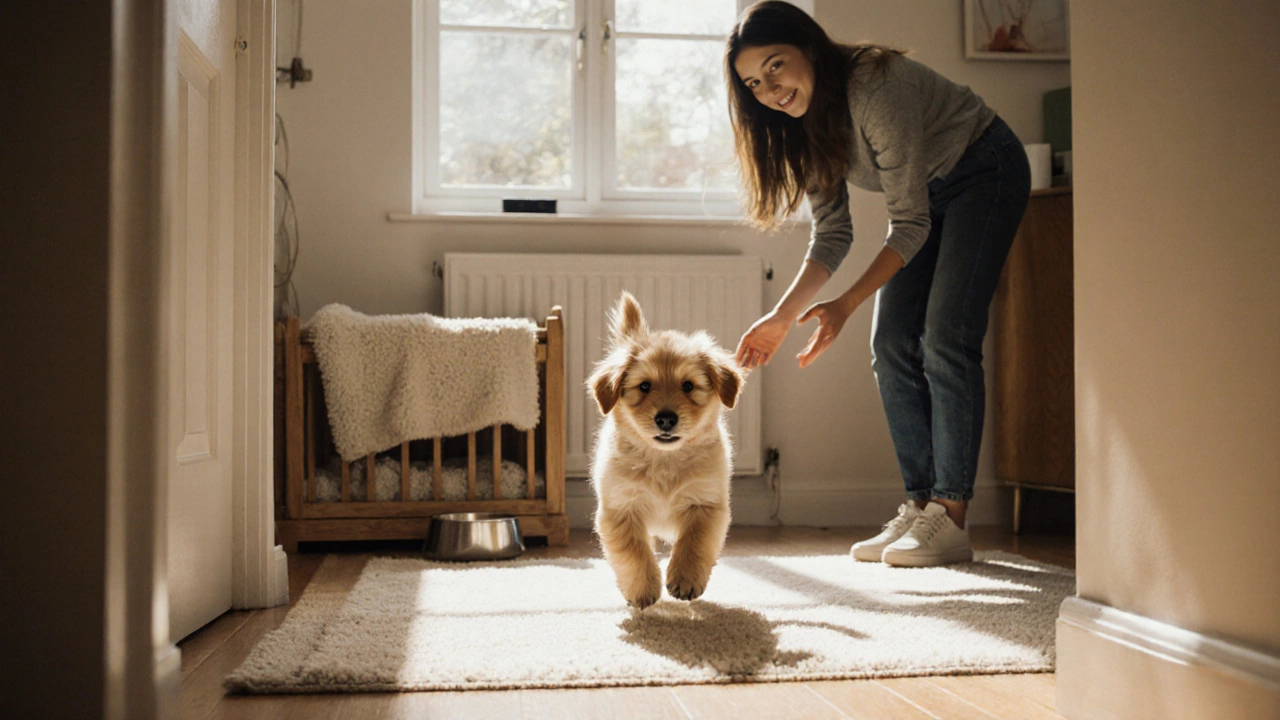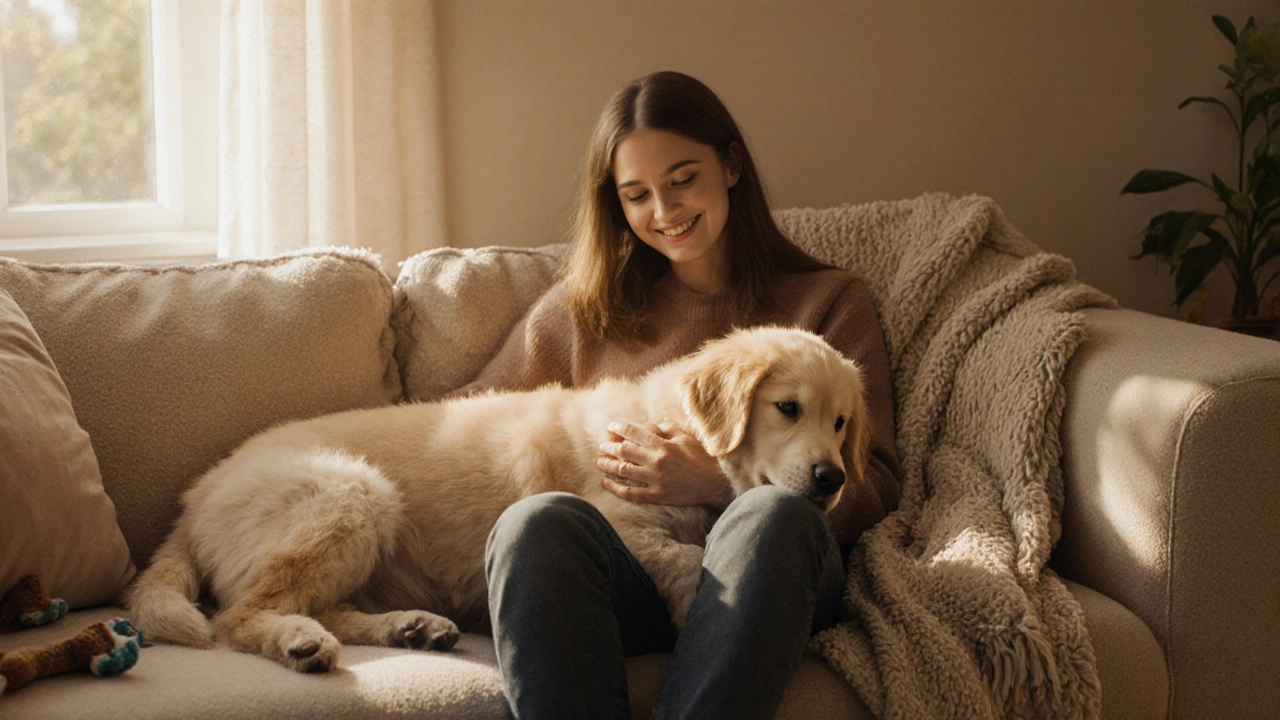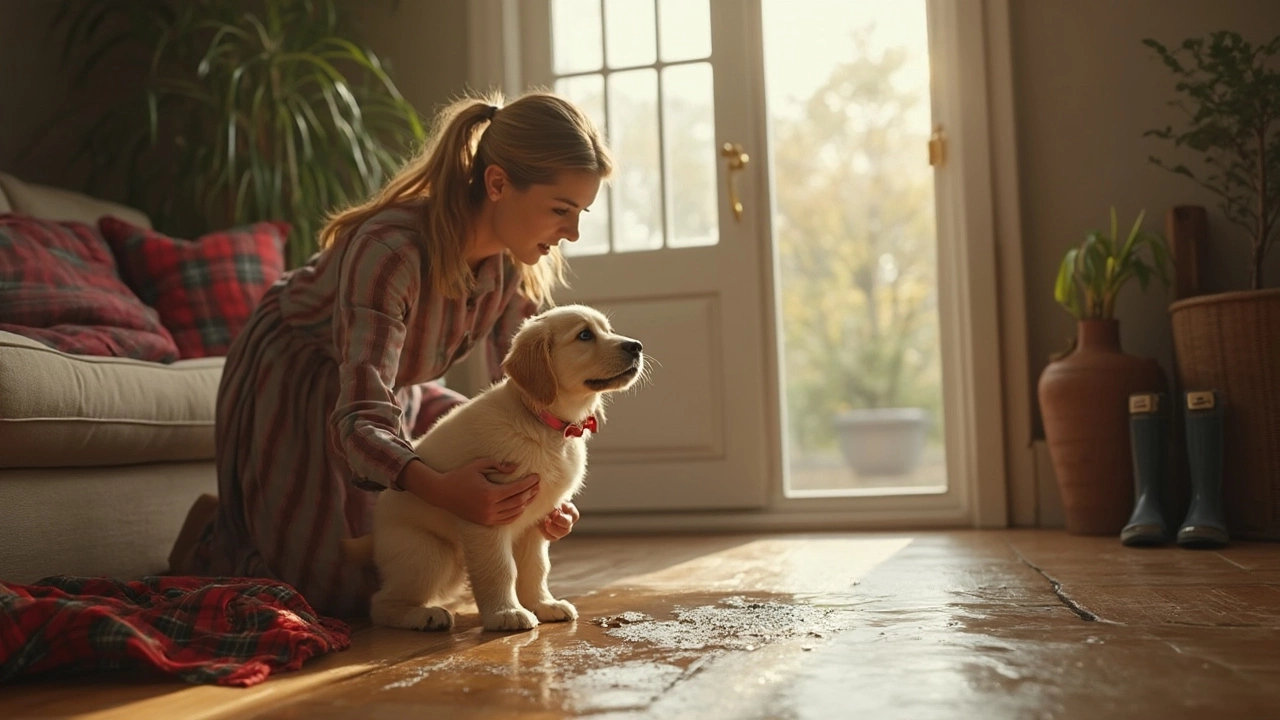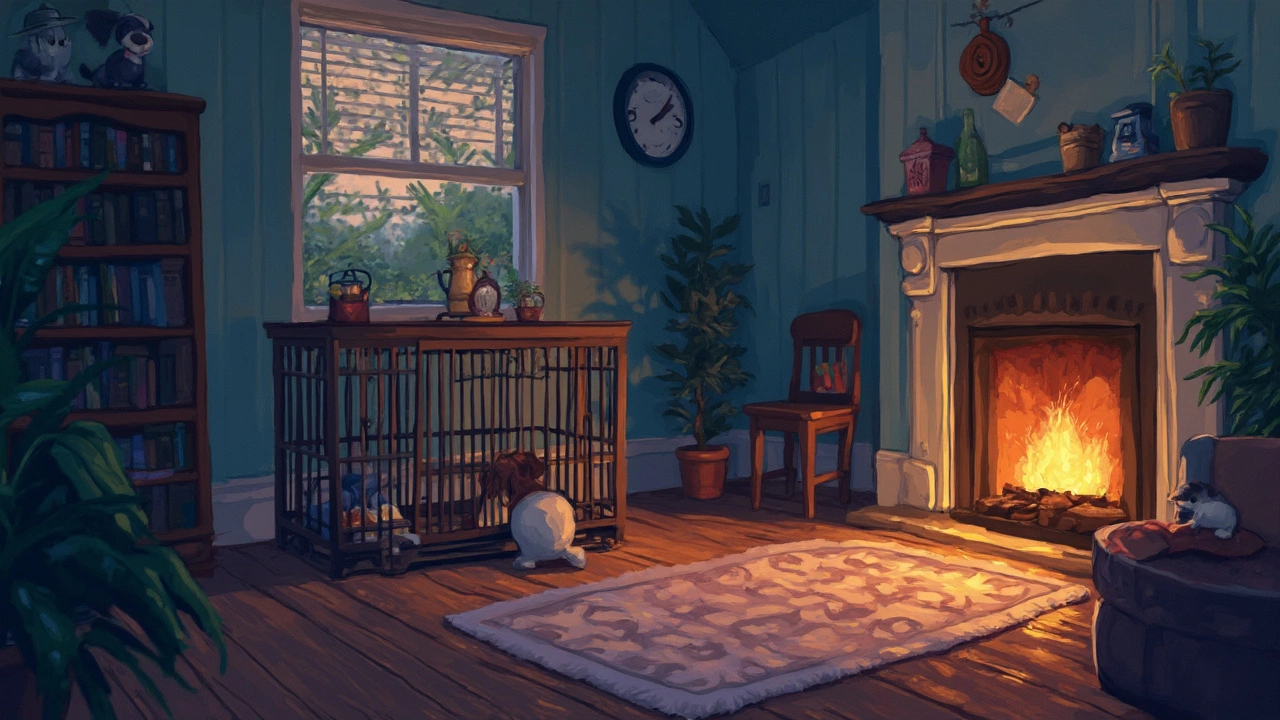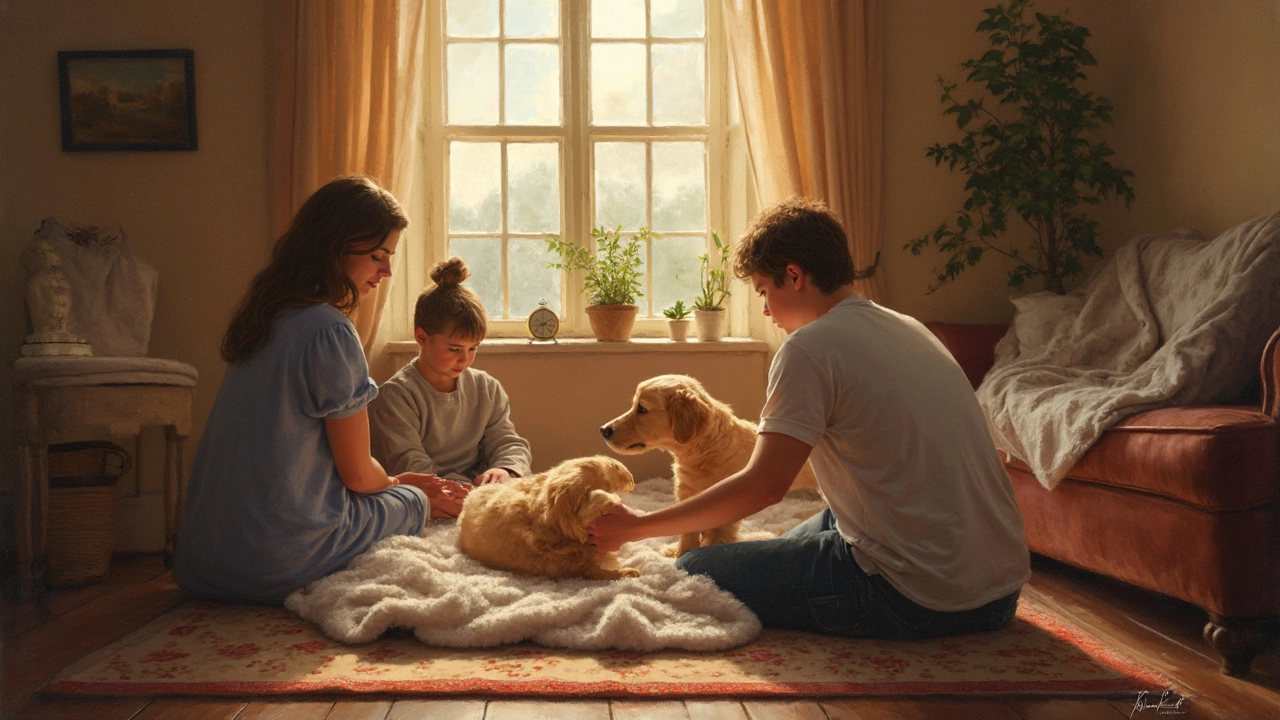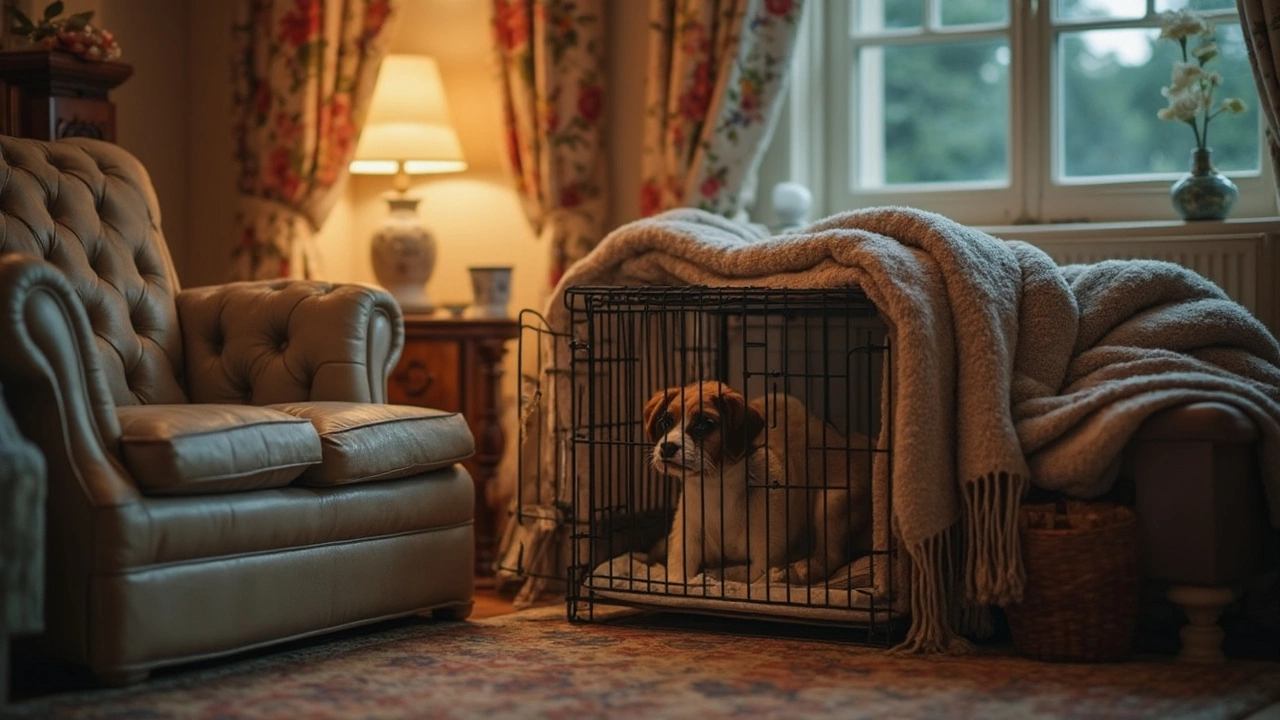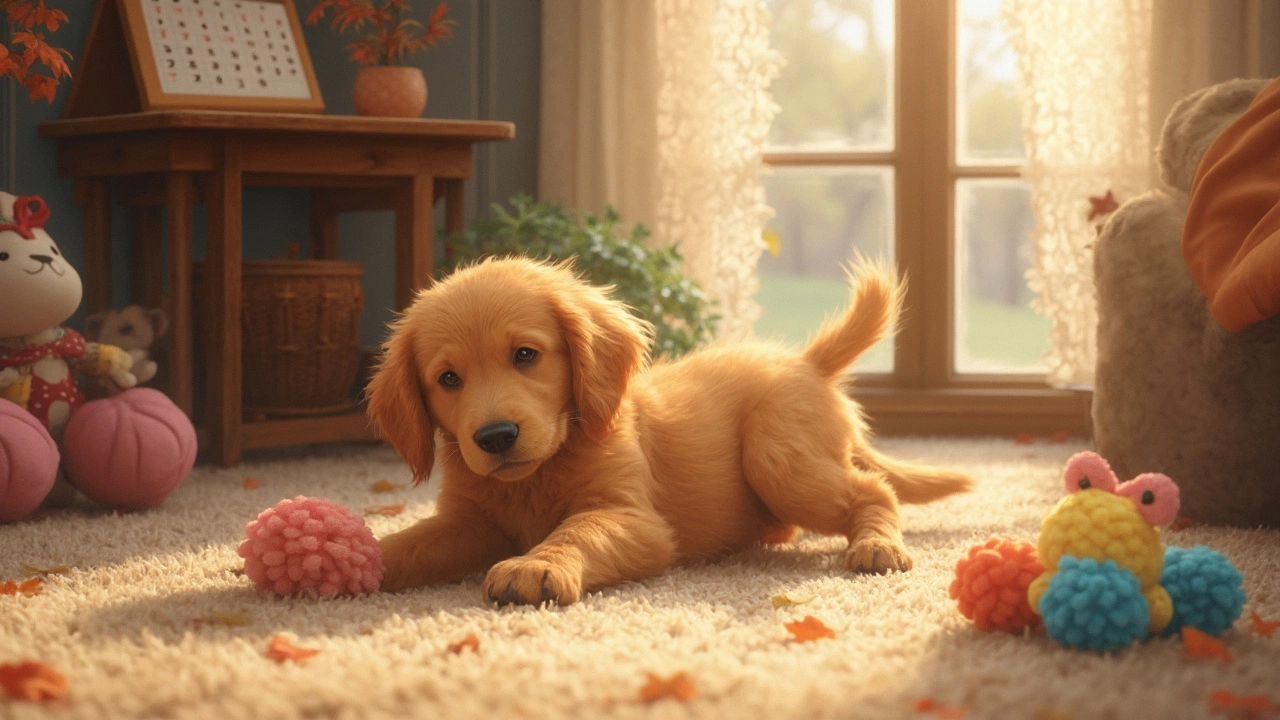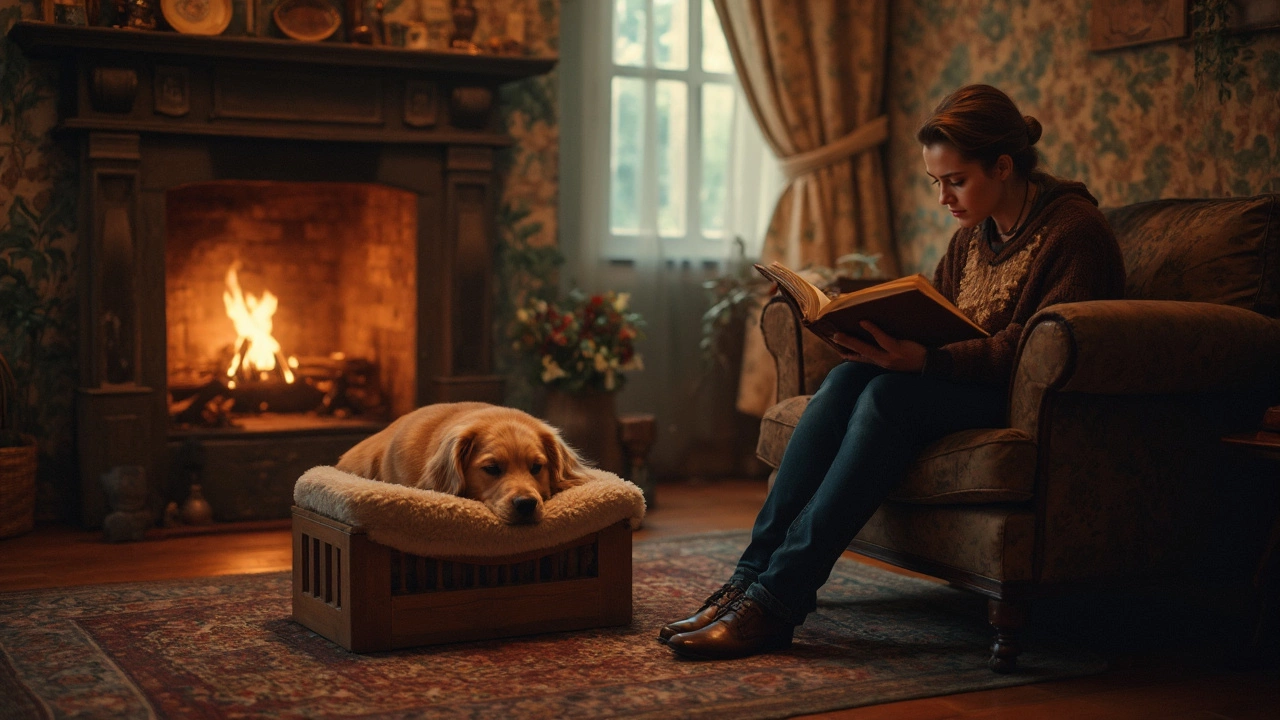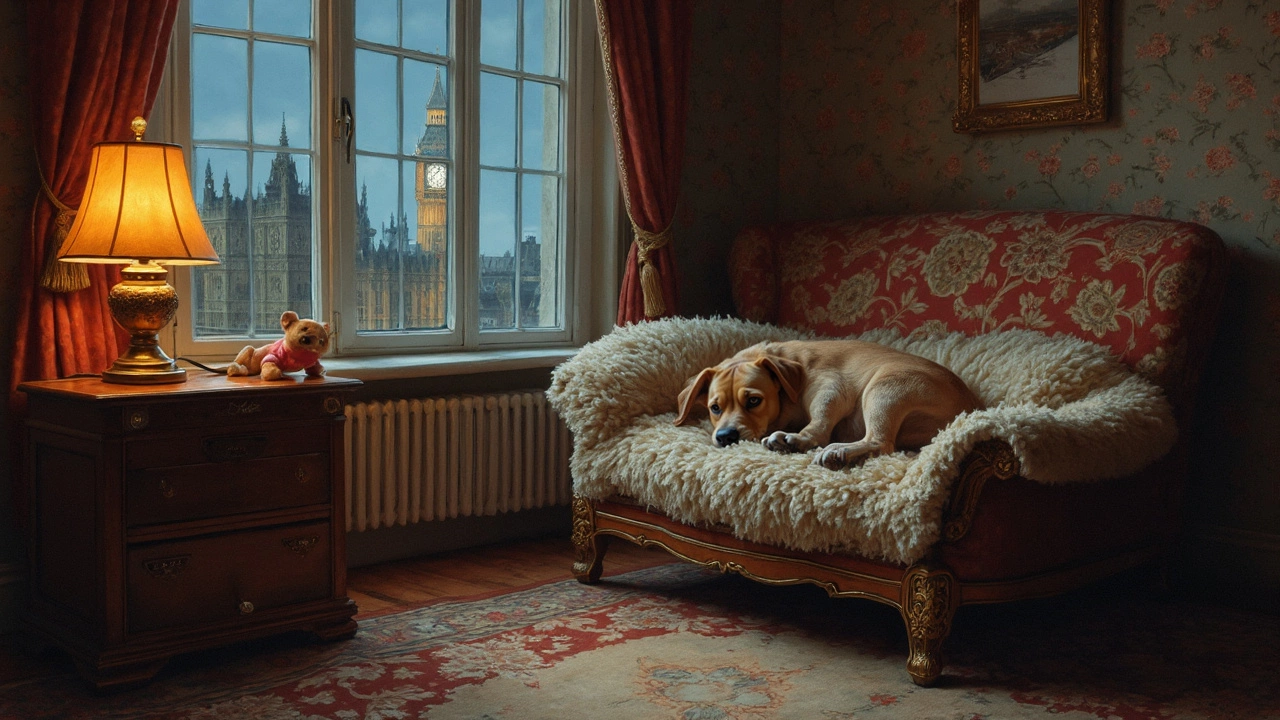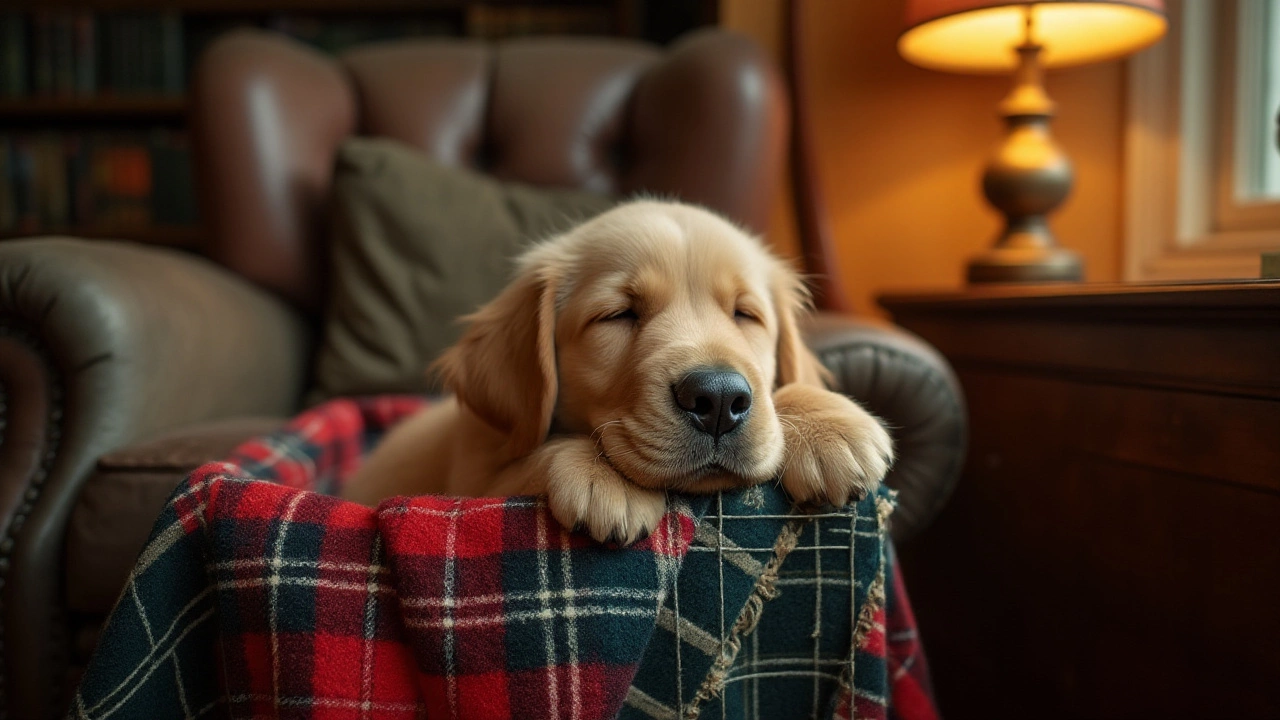Puppy Care: Essential Tips for New Owners
Got a new furball and wondering what to do first? You’re not alone. The first weeks are a whirlwind of cuddles, messes, and sleepless nights. Below you’ll find straight‑forward advice on the most common puppy concerns – from where they should snooze to how to stop a pee accident in its tracks.
Sleep & Crate Basics
Most experts agree that a crate can become a safe den for a puppy, but the way you set it up matters. If you choose a crate, start with a comfy blanket and a few toys. Some pups feel safer with a lightweight cover that mimics a den; just make sure there’s enough airflow and the cover isn’t too heavy. Watching your puppy’s reaction will tell you if the cover is helping or causing overheating.
Leaving a night light on is another hot topic. A dim glow can soothe a nervous puppy, especially if they’re scared of total darkness. On the flip side, bright lights can interfere with their natural sleep cycle. A small plug‑in night light placed outside the crate usually does the trick – it gives comfort without keeping them wide‑awake.
Where should your pup sleep on the first night? Many owners go for a crate in the bedroom, but a safe alternative is a playpen with a soft bed. The key is to keep the space warm, quiet, and scented with something familiar – a used t‑shirt works wonders. If they whine, resist the urge to bring them into bed right away; a gentle voice and a soothing pat are enough to reassure them.
Potty & Training Tricks
Accidents happen, especially when your puppy is still learning where to go. The big question: should you interrupt a puppy mid‑pee? The answer is yes – but do it calmly. Say “no” in a friendly tone, then guide them outside. Reacting with shock or yelling can confuse them and make potty training harder.
Pee pads in crates might seem convenient, but they can backfire. If your goal is house‑breaking, keep the crate pad‑free after a few weeks so the puppy learns to hold it until you take them out. Use the pad only for nighttime emergencies or when you’re unsure about timing.
Training an 8‑week‑old puppy is easier than you think. Short, five‑minute sessions with positive reinforcement work best. Focus on one command at a time – sit, stay, come – and reward with a treat or a quick play burst. Consistency beats length; a few minutes three times a day beats a marathon once a week.
Crying at night is normal. Before you pick them up, check the basics: temperature, hunger, bathroom need. If everything’s okay, give them a few minutes to self‑soothe. A calm voice or a gentle touch can help without reinforcing the crying habit.
Finally, decide if you want your puppy sharing your bedroom. Sleeping together can boost bonding, but it may also make it harder for the pup to learn independence later. If you choose to share, place the crate at the foot of the bed so they still have a defined space.
All these tips aim to make the first months smoother for both you and your puppy. Keep things simple, stay patient, and remember that every pup learns at its own pace. With the right sleep set‑up, consistent training, and a little patience, you’ll both settle into a happy routine faster than you expect.

